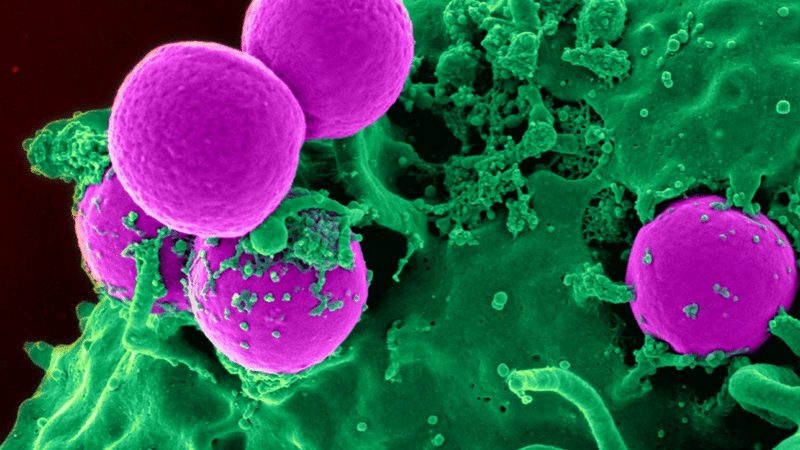Wrap Up—What Have We Learned?
Episode #10 of the course How the cells work by Luis Francisco Cordero
You made it through!
This is the last lesson of this series. You have learned a lot about our tiny little cells and how marvelous their tinier parts are. Here are a few bite-sized fragments of what we have explored:
• Billions of years ago, the overall conditions on our planet allowed for organic molecules to appear. Some of them developed the capacity to replicate themselves. This paved the way for some of them to become increasingly complex, and eventually, a cell appeared. Many billions of years later, a scientist saw these “small rooms” on a thin cork slice, and we have been learning about them ever since.
• Cells use the fact that water and oil do not mix to assemble their outermost layer, called the plasma membrane, which has the task to separate the cell and its environment.
• All the information for the making of a cell is contained in its genetic code, which in some cells, called eukaryotic cells, is protected by another membrane that surrounds the nucleus.
• Genes are pieces of information that constitute the recipes for kinds of proteins that should be fabricated by the cell machinery, and the ribosome is the responsible organelle for such synthesis.
• Proteins must adopt specific 3-dimensional configurations to work properly, and in many cases, sugars and fats must be attached to them during their maturation. These processes take place mostly in the endoplasmic reticulum and Golgi apparatus. The latter also behaves as a sorting facility that decides the final destination for each protein.
• Organelles are not free floating in an amorphous milieu. The cytoplasm is composed of an intricate set of fibers that are able to generate motion, acting both as conveyor belts for these organelles and as vesicles inside the plasma membrane regarding the whole cell in its environment.
• Not all of these tiny cellular organs have the same origin. Mitochondria and chloroplasts once were separate entities, independent cells closely related to bacteria, which at one point, entered another cell and stayed there. These organelles allow plants to experience photosynthesis and make energy production much more efficient overall.
• While it is truly amazing what one cell can accomplish, many cells can give rise to a whole other level of complexity. Multicellular organisms have improved on the variety of innovations they can present to the ever-changing challenges of Earth, and are responsible for the greatest part of the complex living things we see today.
• One of the most remarkable of these innovations has been the development of sexual reproduction, with which the frequency of variation in genetic code greatly increased. The advantage is so big for continuous adaptation, being a hallmark of evolution, organisms incorporated death to their life cycle.
This has been quite a ride, but there is much more to understand about those seemingly passive little parts that make us who we are. Don’t dismiss any chance you have to learn about cells. And of course, there are so many other amazing topics in biology and life sciences.
Thank you so very much for joining!
Recommended book
Genome: The Autobiography of a Species in 23 Chapters by Matt Ridley
Share with friends

